Nature has provided us with an abundance of insects that can transmit disease. Even within your home, a lot of insects can prove to be disease carriers. Ants don’t carry any disease but can carry germs or diseases from other contaminated areas to your house.
If they inhabit trash, bathroom, or some messed up space, they can contaminate your food supply with Salmonella, Escherichia Coli, or Shigella. Some species of ants are prone to carrying Streptococcus, Staphylococcus, and Clostridium germs.
From this article, you will find out which diseases/germs can be carried by ants, but also you will learn how to distinguish one type of ant from another.
Which Diseases Can Ants Carry?

Ants can live in dirty and contaminated areas, and in most cases, they do. They are searching for food, and food can usually be found in the trash. Many other pests live there, like mice, rats, and similar germ and disease-carrying creatures.
From there, it is easy to contaminate one’s home with food-borne germs like Salmonella, Shigella, and Escherichia Coli. Those germs can lead to several health issues connected to the human digestive system, like gastroenteritis.
Sugar ants and Pharaoh ants are frequent carriers of Staphylococcus, Clostridium, and Streptococcus. Pharaoh ants can be found in hospitals, which can be dangerous because ants can transmit diseases in and out of the hospital.
Can Ant Bites And Stings Transmit A Disease?
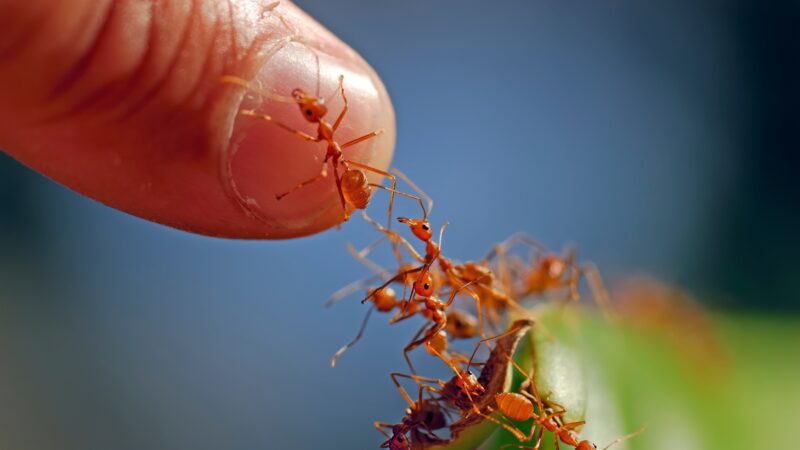
Ant bites and stings can be quite a nuisance, even a serious threat to those allergic to their venom or bite. In most cases, an ant bite or a sting can result in the following conditions:
- Swelling and irritation – are the first symptoms that appear after the ant venom is injected. In most cases, it goes away after a couple of hours. If the wound spot is not treated correctly, it can lead to secondary infections, so be careful! Always disinfect any ant bite. You don’t know how your organism will react to its venom.
- Low blood pressure – If someone already has low blood pressure, a bite and sting from a fire ant can prove to be lethal because their venom further dilates blood vessels and decreases blood pressure.
- Allergic reaction to venom – If someone has an extra sensitivity to ant venom, serious problems can arise. An allergic reaction can result in bruising and spreading to other body parts. These conditions can be severe in children and cause shock, leading to a life-threatening situation. Be sure to consult a doctor if you are unsure how your body is handling the ant venom.
Ant Bites and Stings – Everything You Need to Know
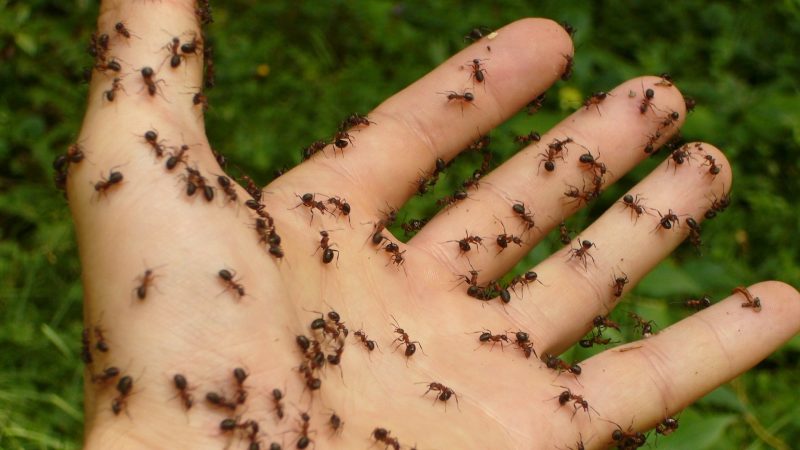
There are several types of ants, and all of them can bite you, but some can also sting. Ants can bite using mandibles and sting by using a stinger.
Ants that can bite use their clawed mandibles, and some ant species not only leave a minor wound but also inject ant venom. Their venom mainly consists of Formicid Acid, and besides the hurt it causes, it leaves blisters that need some time to withdraw from the skin.
Besides claws, some species of ants have stingers on the southern side of their abdomen. For example, fire ants first bite their victim and then use their stinger to inject venom.
Formicid acid is not a venom used by all ants. Some ants, like fire ants, have a more toxic venom. Therefore, it is always recommended to seek treatment for fire ant bites.
Ants That Can Only Bite
- Carpenter ants – one of the largest subspecies of ants. They can grow to an inch in size. Their mandibles are so strong that they can even pierce wood. If they feel threatened by humans, they will bite, and their bite is one of the most painful ones.
- Field ants are smaller than carpenter ants and less prone to attacks. Their bite is not that painful, but it can still be uncomfortable.
- Rasberry crazy ants are around 3 millimeters in length and are called crazy because of their erratic movements. They bite mostly in self-defense, and, interestingly, they can be used to create an antidote for the fire ant venom. This is the first example of an insect creating an antidote for another insect’s venom.
Ants That Can Bite and Sting
Acrobat Ants (Creamtogaster)
These ants don’t attack unless they hunt for food. Their usual living space is in the kitchen, where they feed. They can easily contaminate your food with germs they picked up along their walking and hunting routes.
Pavement (Sugar) Ants
They are known to be very aggressive, and they can bite and sting at the same time. If they feel threatened by another ants colony, they will quickly attack and take over it. Their bites and stings are very painful, and if they can get near your food supplies, they can contaminate it with Salmonella, Shigella, or some other foodborne disease.
Fire Ants
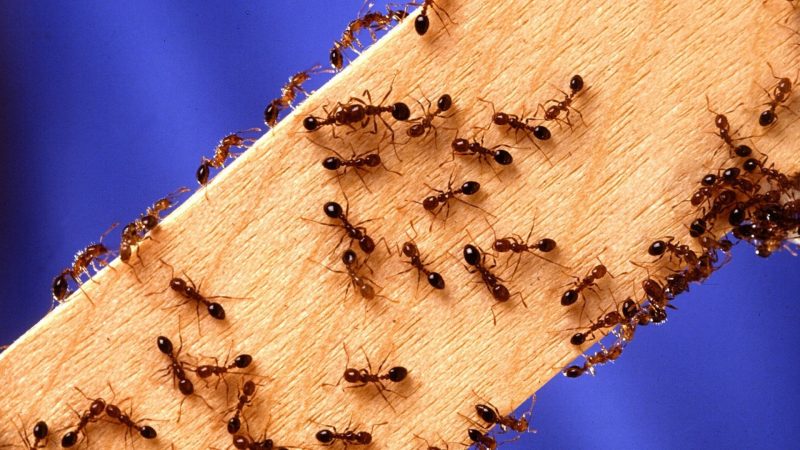
Fire ants got their name from their bites and stings, which are painful, like fire blisters. Their body is red, and their stingers are placed on their backsides. Fire ants first bite using their claws and then inject their venom using their stinger.
The fire ant’s venom produces a burning sensation, which might be another reason for their particular name. If they feel threatened, they can sting multiple times, and their stings are one of the most painful ones when it comes to insect stings. The results of a fire ant sting are:
- Swelling
- Itching
- Blisters
Their venom can cause an allergic reaction, so be careful. If you feel unwell, or the swelling and itching don’t go away, seek treatment from a doctor.
Harvester Ants
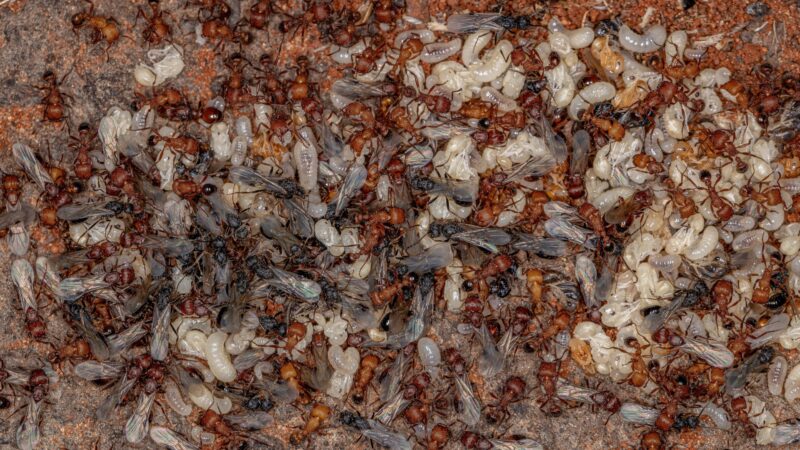
They got their name from their habits – they survive and thrive by harvesting seeds and mushrooms. Like fire ants, they can bite and sting multiple times and be aggressive. Their venom and bites are not so painful and can’t provoke allergic reactions like those from a fire ant.
• Pharaoh Ant
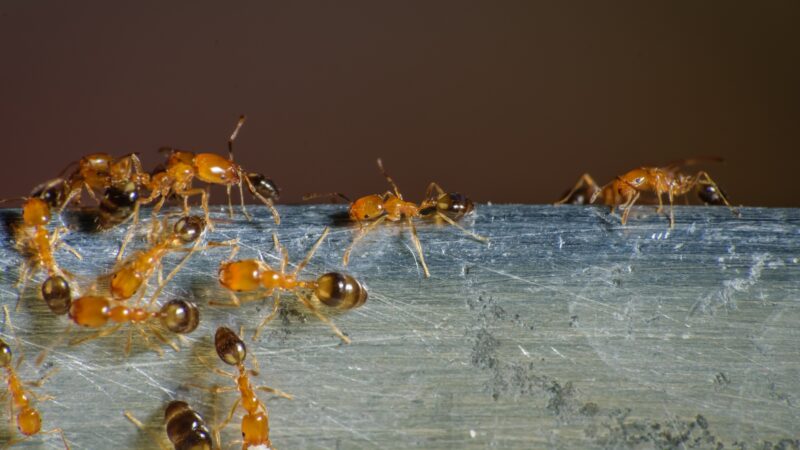
They can bite or sting, but only if they feel threatened. These ants frequently inhabit hospitals and can be dangerous because they carry various diseases.
Do Ants Carry Lyme Disease?
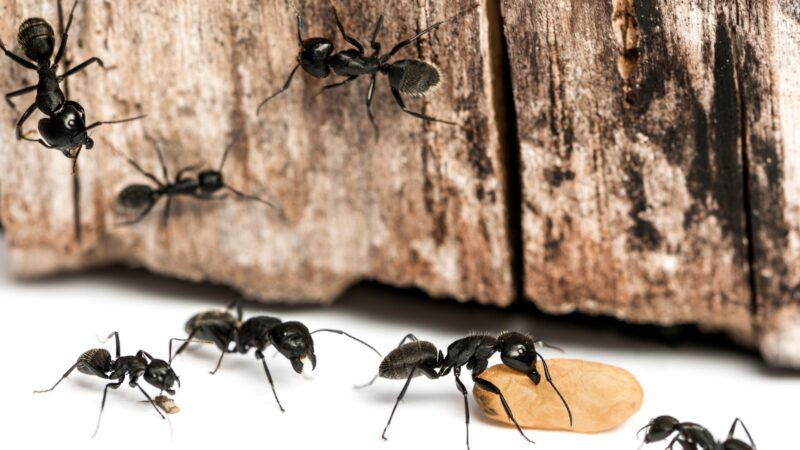
Some insects, like ticks, are known to be Lyme disease carriers. It is not documented, and there are no records that ants can carry Lyme disease.
List of Sources
Managing Structure Invading Ants, University of Tennessee Institute of Agriculture
Alharbi, J. S., Alawadhi, Q., & Leather, S. R. (2019), Monomorium ant is a carrier for pathogenic and potentially pathogenic bacteria
Máximo, H. J., Felizatti, H. L., Ceccato, M., Cintra-Socolowski, P., & Beretta, A. L. (2014). Ants as vectors of pathogenic microorganisms in a hospital in São Paulo county, Brazil
Simothy, L., Mahomoodally, F., & Neetoo, H. (2018). A study on the potential of ants to act as vectors of foodborne pathogens. AIMS Microbiology
- How to Get Rid of Copperheads | Practical Guide - August 27, 2023
- How to Get Rid of Corn Snakes | What Makes Them Aggressive? - August 27, 2023
- How to Get Rid of Alligators | Safety Measures and Removal Methods - July 16, 2023
